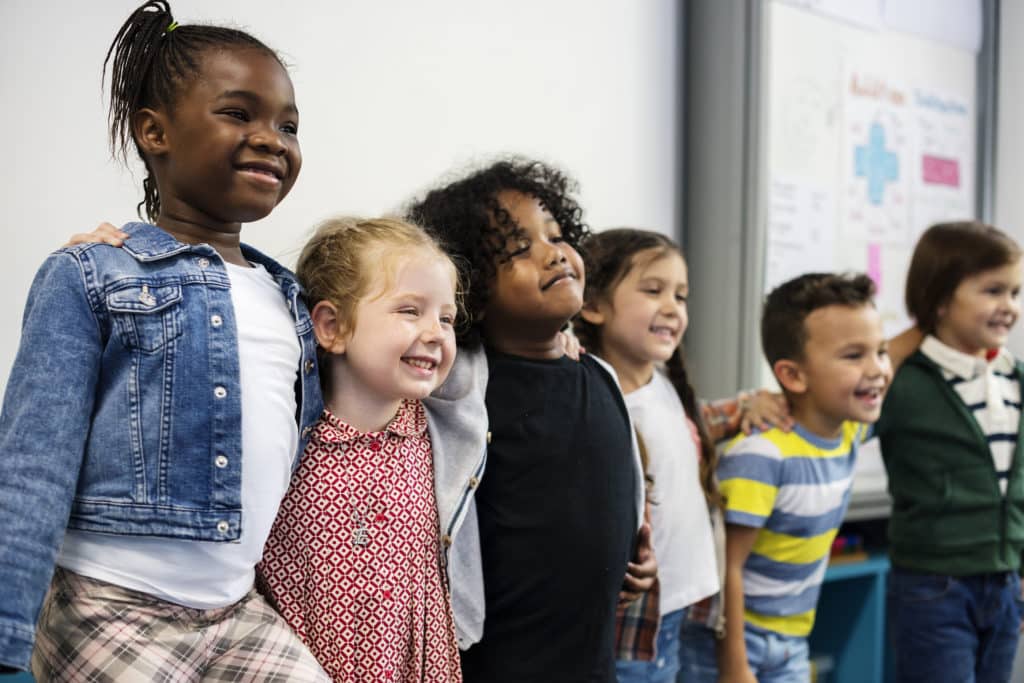
Ensuring that all our students are academically engaged is our highest priority as educators. We want to teach our students the skills needed to creatively engage with content while becoming critical thinkers— to be effective communicators and problem-solvers while successfully collaborating with their peers. These are skills our students will need not only in school but throughout their lives.
Pause for just a second and visualize your students. Who do you see? For many of us, the picture is one of varied colors, ethnicities, religions, needs, and desires. Our students who come from varying cultural backgrounds need us to be culturally responsive teachers who see each individual student as just that, an individual.
Responsive Classroom supports the practice of culturally responsive teaching (CRT) in many ways:
The Responsive Classroom approach and CRT both emphasize belonging, significance, and fun as the foundation of positive relationships. Students who feel seen, heard, and appreciated work together to create a positive learning community. Zaretta Hammond, author of Culturally Responsive Teaching and the Brain, calls such relationships the “on-ramp to the kind of cognitive high-level problem-solving and higher-order thinking we want students to do.” Ensuring positive relationships allows students to focus on their learning. Responsive Classroom strategies such as Morning Meeting, Responsive Advisory Meeting, energizers, brain breaks, interactive learning structures, and closing circle all support the development of relationships between students and adults.
Teachers need to articulate expectations for all students. The first step is to create an environment where all students know that their teachers believe in them and see their potential. Teachers need to explicitly teach students all expectations and give genuine feedback to guide their academics and behaviors. The Responsive Classroom approach can support CRT through the use of Interactive Modeling, goal-setting, rule creation, and all forms of teacher language.
Take a look at the following table to compare the touchstones of culturally responsive teaching and the characteristics of engaging academics as outlined by the Responsive Classroom approach:
| Culturally Responsive Teaching | Engaging Academics Characteristics |
|---|---|
Working with families and caregivers is a central tenet of CRT. It is also a foundation for our sixth guiding principle: Partnering with families—knowing them and valuing their contributions—is as important as knowing the children we teach. In order to include the caring adults in our students’ lives, we need to encourage conversation about expectations for students’ academic and social-emotional growth as well as how all adults can work together to support students.
The Responsive Classroom approach and culturally responsive teaching are intertwined on many levels. These four connections illustrate how the Responsive Classroom approach can support every school, every teacher, every student, every day.
Nicole Doner is a Responsive Classroom Consulting Teacher and Professional Development Designer.